Average sizes and life expectancy for this breed:
The Oriental Longhair is a sleek and elegant breed with oriental features and a long, plumed tail. They are bright, active, agile, and, as relatives of the Siamese, they are known to be pretty vocal! They are exceptionally curious and clever, so they will keep you on your toes! If you’re looking for a devoted, interactive feline that’s full of personality, the Oriental Longhair is a great choice for you.
This breed has a very outgoing and affectionate nature. You will never be bored with one of these felines in your home! They thrive on attention but are also highly intelligent so they can be taught a variety of tricks and games if you devote enough time to their needs. These cats demand attention, so they are best suited to homes where someone is around for most of the day. Otherwise, they tend to get into all sorts of trouble when they get bored.
These cats have very short but soft coats and a slender, muscular build. They are excessive heat-seekers so you will often find them curled up on your lap or even under the bed sheets with you at night.
Oriental Longhairs are not best suited to families or couples that enjoy the quiet life. But, if you are yearning for a playful, fun-loving, energetic, friendly companion, the Oriental Longhair makes a great choice. Unlike many other cat breeds, they are not generally wary of strangers. In fact, they will often jump from lap to lap, revelling in the attention. They also get on great with children and other pets.
See available kittens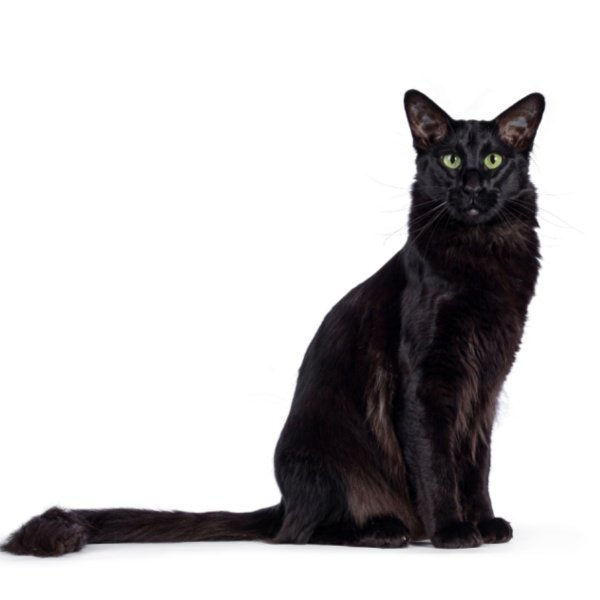




Orientals can be classed as either long-haired or short-haired, with the short-haired variety being more common. They are thought to have been first developed in the 1950s in England. However, it was when they were imported to America that they became incredibly popular, and when the breed was refined into the slender loving companion we know today.
Their beginnings started off with records of the Siamese breed that date back to the 1600s in Thailand. These cats were highly regarded by society, particularly by royals. It wasn’t until the 1880s when Siamese cats found their way to England where they caused quite a stir! During the breeding process, long-haired Siamese cats would often appear, which later became recognised as a separate breed – the Balinese.
During World War II, there was a dramatic decrease in breeders of Siamese cats. This caused the remaining individuals to be bred with other short-haired breeds in order to keep population levels healthy, such as the Russian Blue and Abyssinian. Thus, by the 1970s, the Oriental Shorthair was born. Shortly after, Oriental Shorthairs were crossed with the longer-haired Balinese cats to create the Oriental Longhair.
In the beginning, each colour of an oriental cat was classed as its own breed. However, it soon became apparent that there were just too many colour combinations to have a breed for each. This was especially evident once American breeders began creating new crosses between Oriental breeds and American Shorthair cats, resulting in even more colour combinations.
TICA was established in 1979 and the Oriental Longhair was one of the first breeds to be displayed in championship competitions. Today, the breed comes in a staggering variety of colours but remains fairly rare compared to their shorthaired relatives.
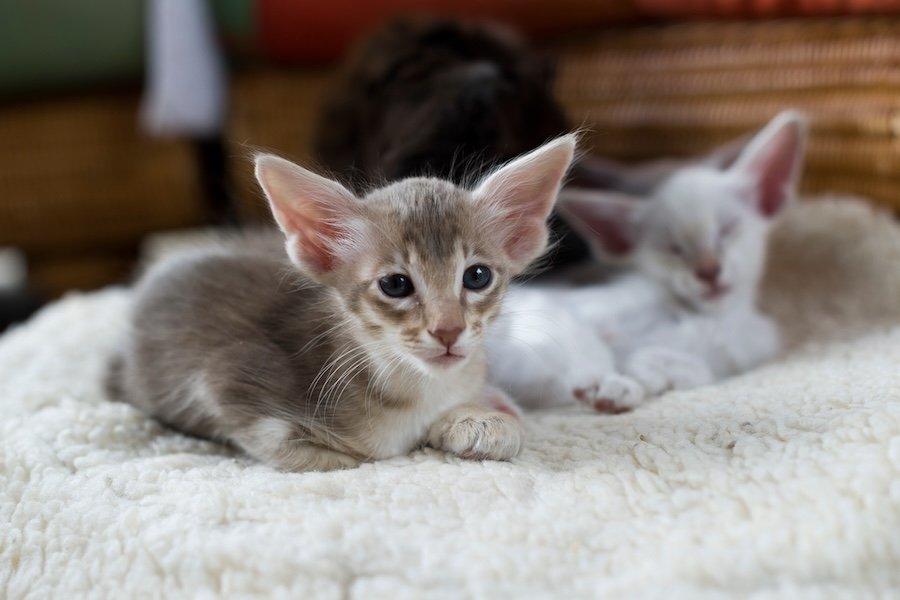
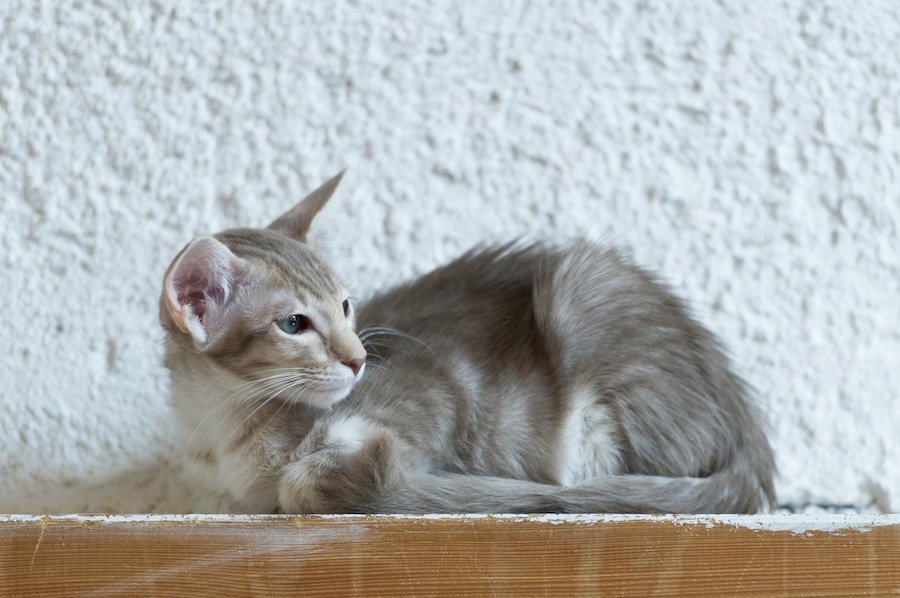
The Oriental Longhair is a unique looking breed with a slender and tubular body shape but still well-muscled. These cats are well balanced with long limbs that give them the appearance of being very agile (which they are!). The hind legs tend to be slightly longer and higher than the front legs. These cats also have small, oval paws, adding to their delicate, athletic appearance.
These felines are known as cats of extremes. Their bodies and neck are elongated, their heads appear as long triangles, and their ears are strikingly large and pointed. Their eyes are almond-shaped, slant slightly towards the nose, and are generally green in colour but occasionally can come in blue.
The coat of an Oriental Longhair is medium length, fine, and silky. The tail should fan out like a plume, and the ears can have some tufting on the edges. The whole coat should lie completely flat against the body. However, some waving around the chin, neck, tail, and belly is accepted under the breed standard.
These cats come in a wide variety of colours, including:
The Oriental Longhair shares many of the same personality traits as the closely related Oriental Shorthair. They are playful, attention-seeking, vocal, loving, opinionated, and highly social. These cats love to be ‘helpful’ around the home, following their owners from room to room ‘supervising’. These cats have a tendency to struggle when left alone because of their social natures. So, expect your feline companion to want to be with you every minute of the day (and night)! Having another feline for a company is also a good idea. These cats remain playful throughout their lives and are highly devoted to their owners.
Oriental Longhairs are extremely intelligent and energetic. So, it's important to fill their day with games, attention, and even training sessions to keep their minds and bodies active. These cats particularly enjoy playing fetch with their favourite toys. They are also skilled climbers and jumpers, so make sure you have a couple of cat trees to distract your cat from climbing all over your prized shelves of precious ornaments!
When they are not playing or exploring, these cats adore curling up on their favourite people. Despite their oriental looks, they are proper snuggle bunnies!
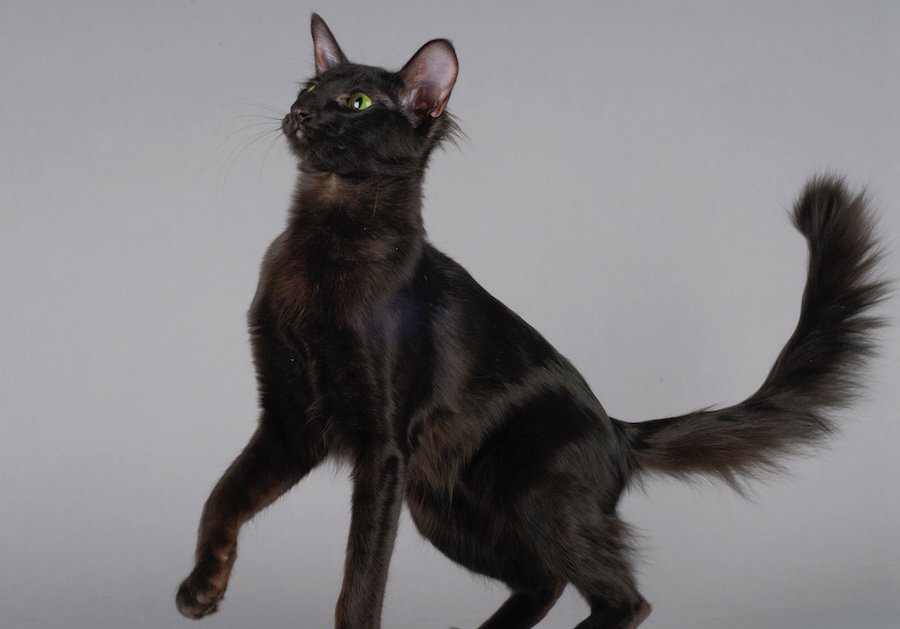
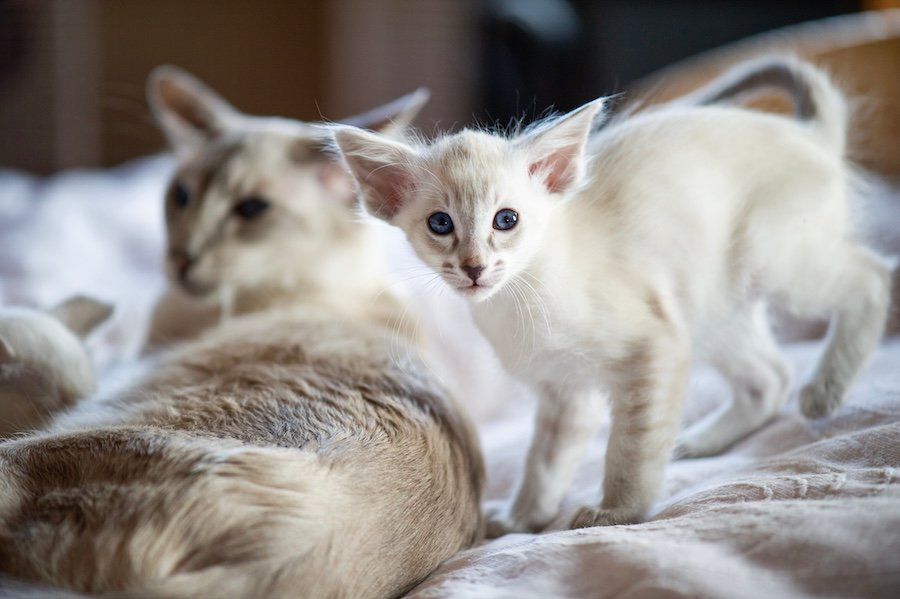
Oriental Longhairs are extremely clever and curious. So, they generally take to positive reinforcement training very well, especially if you start the process while they are still young. They have even been known to compete in feline sports agility competitions with great success.
Regularly offer your Oriental Longhair a variety of puzzle toys, interactive toys, and training sessions to keep them stimulated and stave off boredom. They particularly take well to clicker training because they love the one-on-one attention with a human. Just make sure you have plenty of tasty treats to use as rewards. Alternatively, your cat may just love a bit of fussing from you!
Start training early, and you will have a well-mannered, devoted feline that will shower you with love and affection. In fact, Oriental cats are more like children than feline companions, always seeking your attention. They tend to thrive best in busy households where they can get all the affection they crave.
The Oriental Longhair has a very fine, close lying coat that rarely tangles. So, they only require brushing once a week to keep the coat in good condition. Getting into a good grooming routine will also help to spread vital skin oils across the coat, keeping it glossy and shiny. Fortunately, Oriental Longhairs tend to enjoy most activities as long as they are with their favourite humans. Saying that, it’s still best to introduce your cat to brushing from a young age so they get used to it. It’s also worth bearing in mind that the coat of an Oriental Longhair can change with the seasons. Therefore, you may want to brush more often in the winter months when the coat is likely to be thicker, and again when they shed their thick coat in the Spring.
Brushing your cat’s teeth daily is the best way to prevent tartar build up and the onset of periodontal disease. However, twice weekly brushing is a good target to aim for. Always make sure you use a vet-approved toothpaste designed for cats because human toothpaste often contains ingredients that can be toxic to felines. Again, introducing your cat to this routine from a young age will help to make the process easier as they age.
Trim your cats' nails once or twice a month, or as necessary. It’s important to keep an eye on the length of your cats' nails because they can become uncomfortable if they grow too long. Check the ears weekly and gently clean them with a moistened cotton wool ball or cloth dampened with a vet-approved ear cleaner when needed. Ear infections are fairly common in cats, and they can be difficult to treat if left to fester. So, if you notice any redness, unusual discharge, soreness, or a foul odour in the ears, speak to your vet.
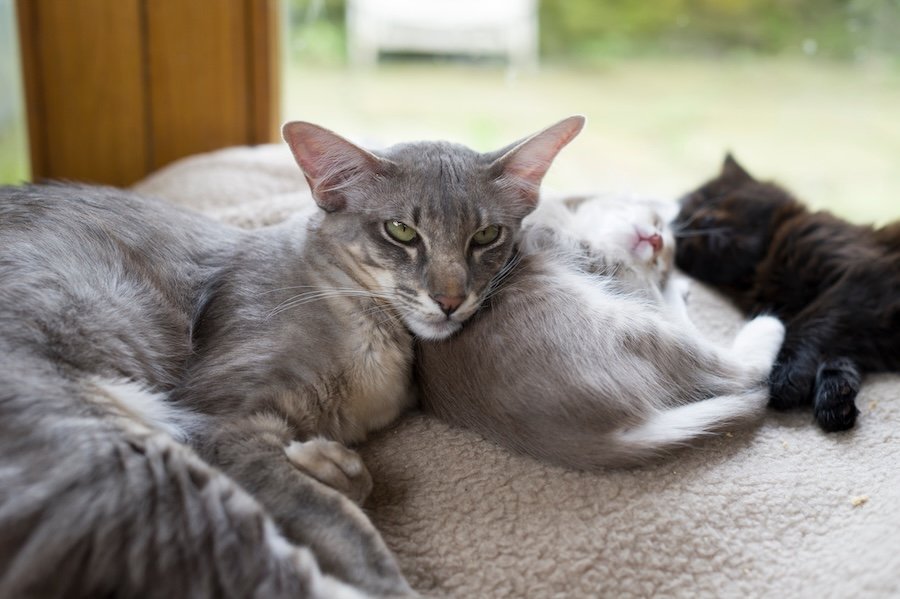
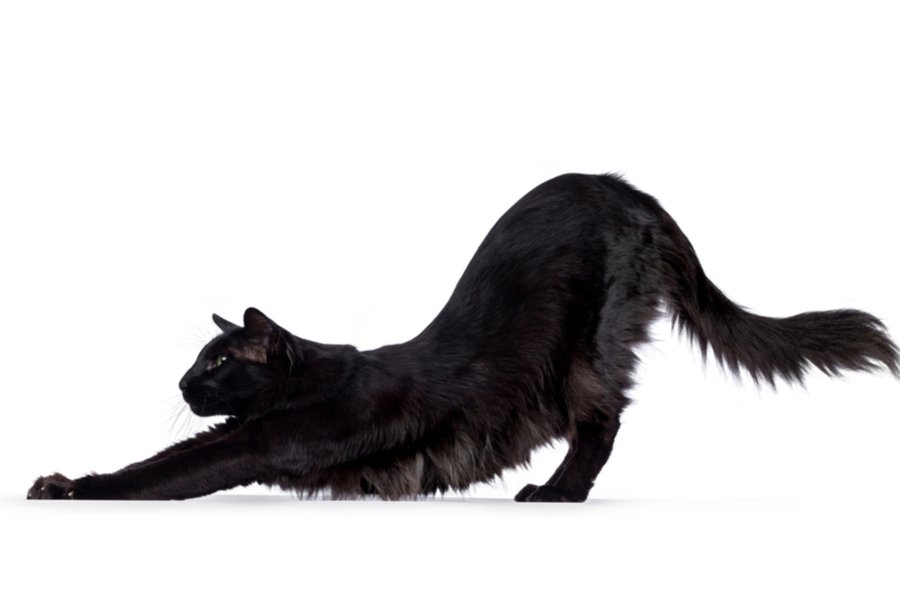
The Oriental Longhair is a relatively healthy breed. However, like their Siamese cousins, they are prone to a few health issues. It’s always best to purchase any cat from a reputable, licensed breeder so you know they have been well cared for, as well as appropriately socialised and weaned. A good breeder will also perform DNA tests on your new kitten, as well as its parents, to check for any underlying genetic conditions.
Oriental Longhairs generally live for 12-15 years. However, they can live up to 20 years with the right diet, attention, and care. Below are some of the more common health issues that are seen in Oriental Longhairs:
Dilated Cardiomyopathy – This condition is characterised by dilated or enlarged heart chambers, causing reduced blood flow to the rest of the body. It’s often caused by a taurine deficiency, so a high-quality diet is essential.
Flat-Chested Kitten Syndrome – This is characterised by a thoracic deformity present from birth, in which the ribcage is flattened. The condition varies from mild to severe and kittens with the deformity may display symptoms such as weight loss and difficulty breathing.
Feline Asthma – This causes the inflammation and narrowing of the airways. Cats with asthma often have a wheezing cough or other signs of respiratory distress.
Progressive Retinol Atrophy – An inherited disease in which the eyes degenerate over time, eventually leading to blindness. The condition is caused by a recessive gene and symptoms usually begin to appear when a cat is around two years of age.
Separation Anxiety Syndrome – Because of their highly social natures, Oriental cats can form extreme attachments to their owners. This causes them to become destructive and even aggressive when their owners are not around. To avoid this, make sure you provide a rigid routine for your feline companion and give them plenty of toys and puzzles to prevent boredom.
As mentioned, Oriental Longhairs are incredibly social, so they thrive best in busy households. They also get on well with children of all ages and other pets as long as they have been introduced with care. In fact, we recommend that you get a play buddy for your Oriental Longhair to prevent boredom and loneliness.
Oriental Longhairs do not appreciate being left alone and they are susceptible to developing separation anxiety. So, if you want to adopt one of these cats you need to make sure you have the time to devote to their needs.
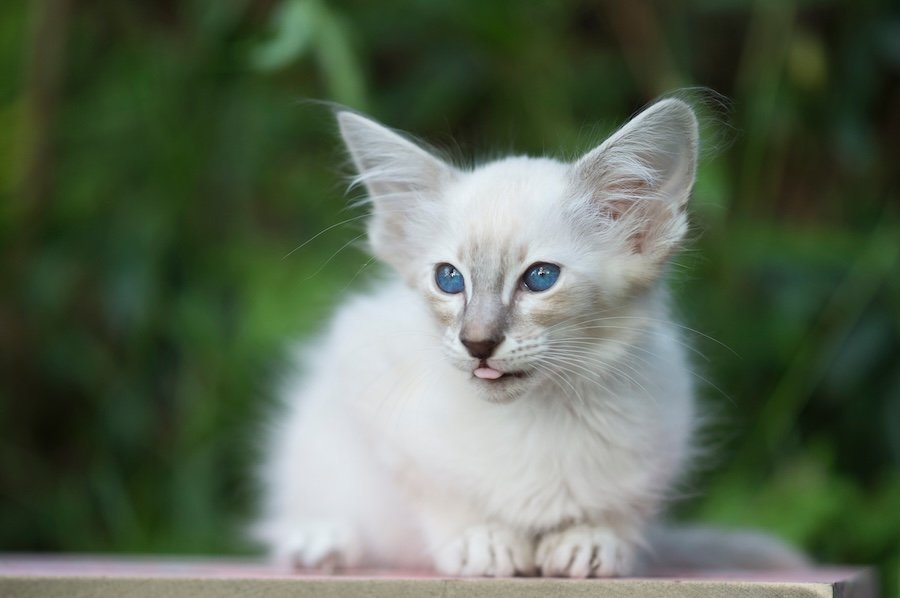
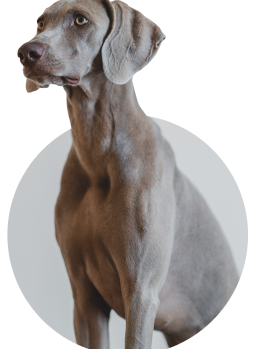
We can connect you with Breeders that are specialized in this particular breed.
See available kittens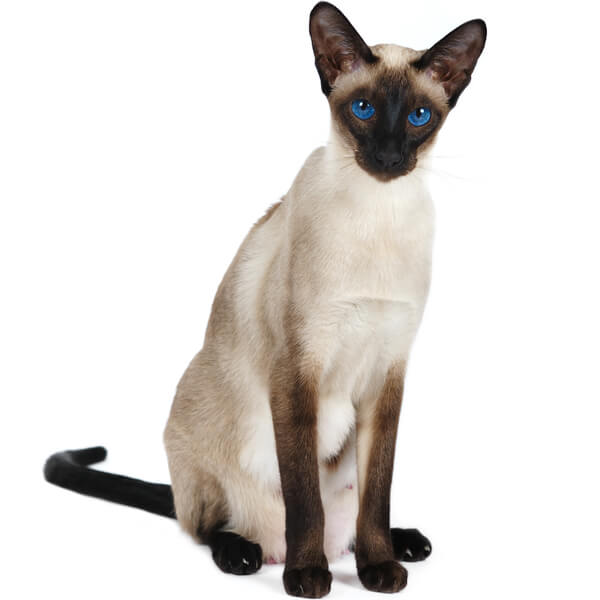
Thailand
Size : Medium
Coat : Short
Registration : GCCF, TICA, CFA, FIFe
Vocality : High
Hypoallergenic : Yes
Grooming : Once a Week
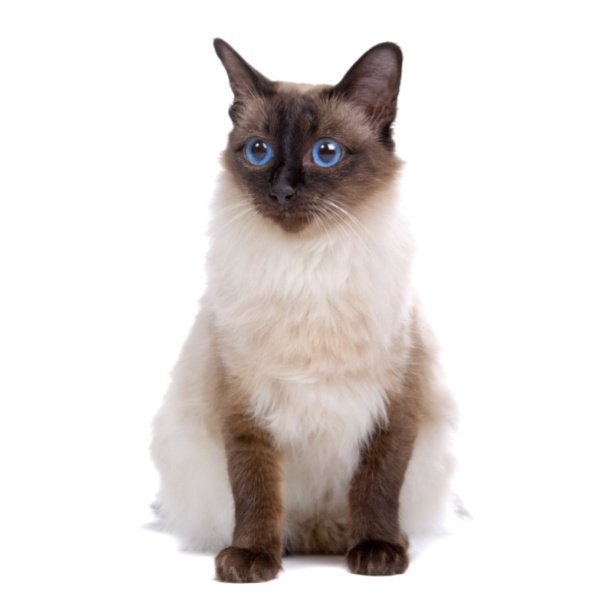
United States of America
Size : Medium
Coat : Long
Registration : GCCF, TICA, CFA, FIFe
Vocality : High
Hypoallergenic : Yes
Grooming : Twice a Week
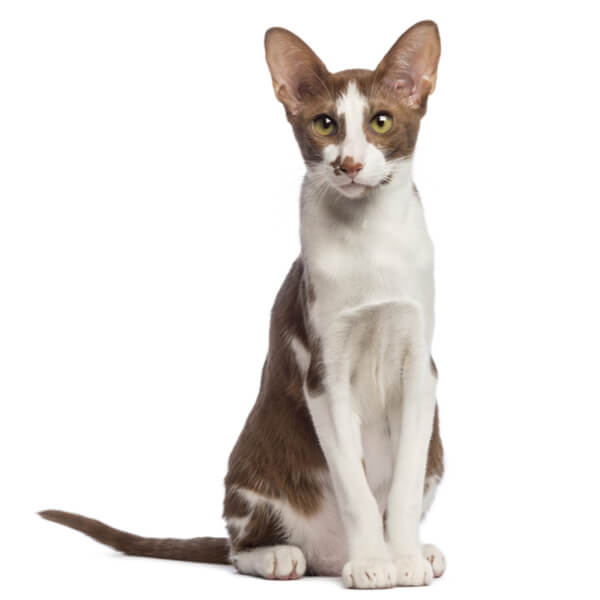
United States of America
Size : Medium
Coat : Short
Registration : GCCF, TICA, CFA, FIFe
Vocality : High
Hypoallergenic : Yes
Grooming : Once a Week
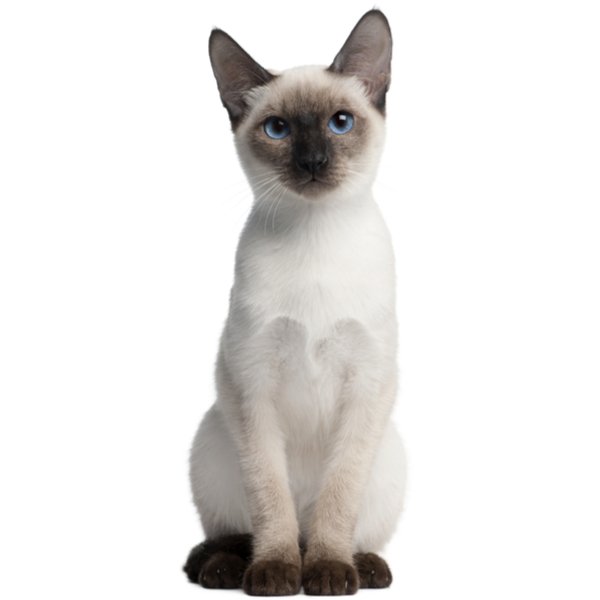
Thailand
Size : Medium
Coat : Short
Registration : GCCF, TICA, CFA, FIFe
Vocality : High
Hypoallergenic : No
Grooming : Once a Week


Need some advice?
Whether you're a first time pet owner, an experienced pet owner, a new or long-time breeder, or just curious about pets, we've got you covered!
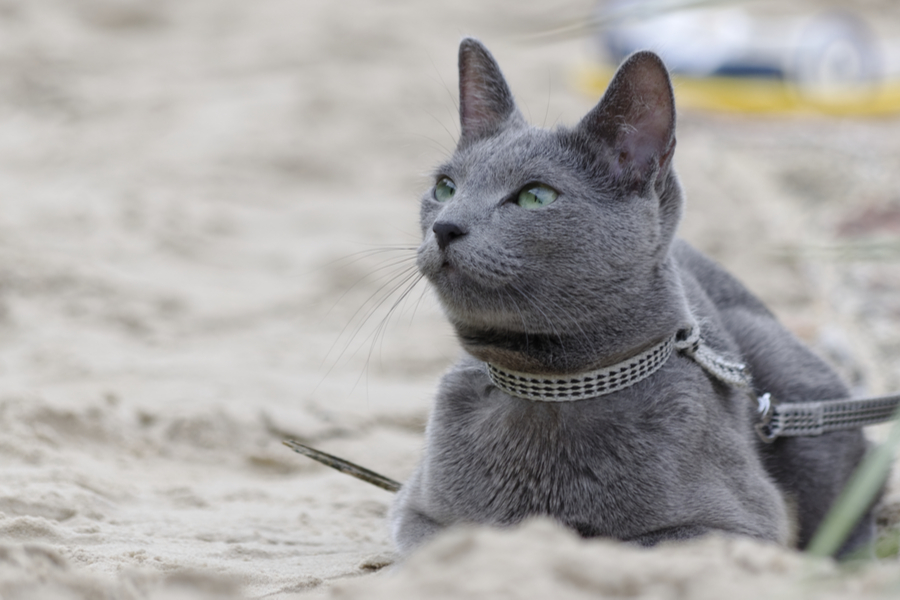
January 17, 2024
What Is The Personality Of Russian Blue Cats?
Russian Blue cats are most known for their distinctive shimmery blue-silver coat and piercing green eyes. However, this breed’s calm and gentle temperament is what makes them shine the most in the feline world.
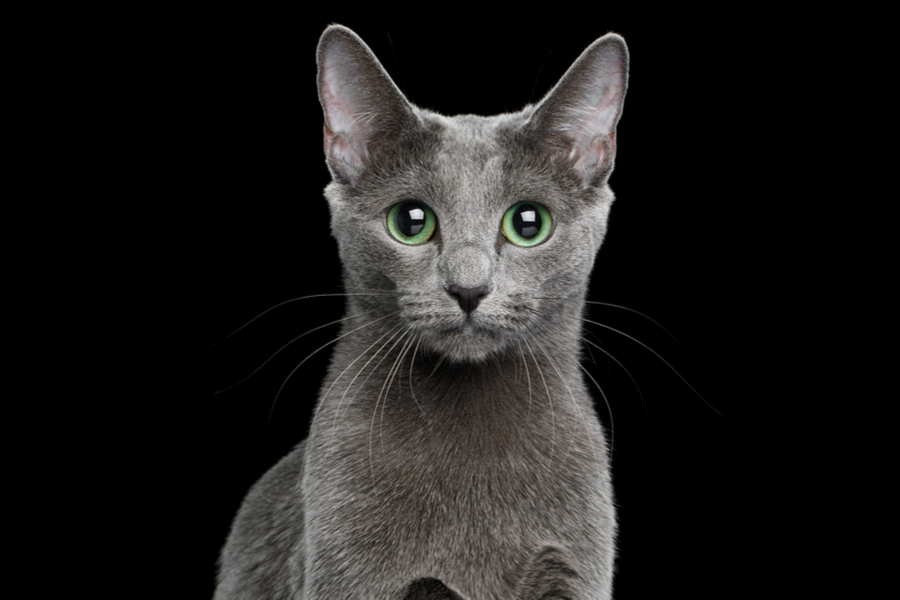
January 17, 2024
10 Facts About Russian Blue Cat Breed
Russian Blues are one of the most aesthetically stunning cat breeds, with a gorgeous plush silvery coat and vibrant green eyes. However, it’s not only their appearance that is beautiful; their nature is too.
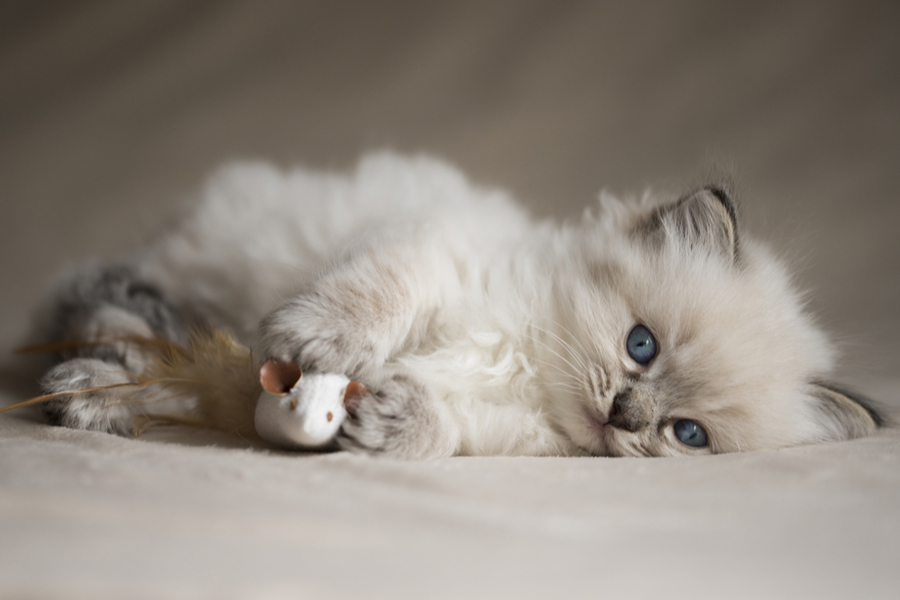
January 17, 2024
How To Choose The Right Cat Breed for You
Cats can make the most fantastic animal companions; they are adorable, friendly, and loving. However, not all felines are created equal. There are many different breeds, of which each has its unique personality traits.
Need some help?
Contact us to speak to our friendly advisor, who will gladly help you find your dream pet!



We are registered in England and Wales under registration number 12568840,
and our registered office is at 58-60 Kensington Church Street, W8 4DB London, England.
© 2023 The Pedigree Paws